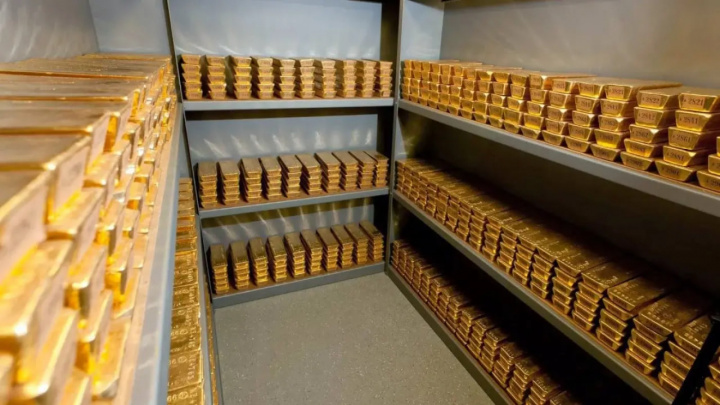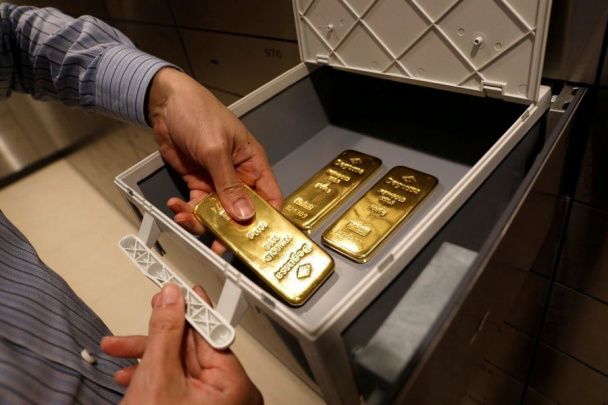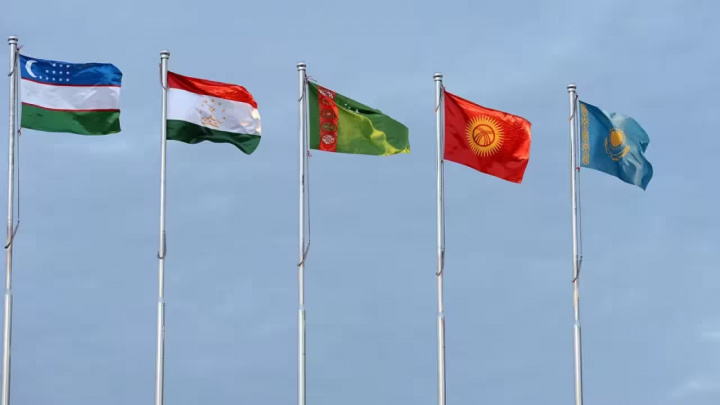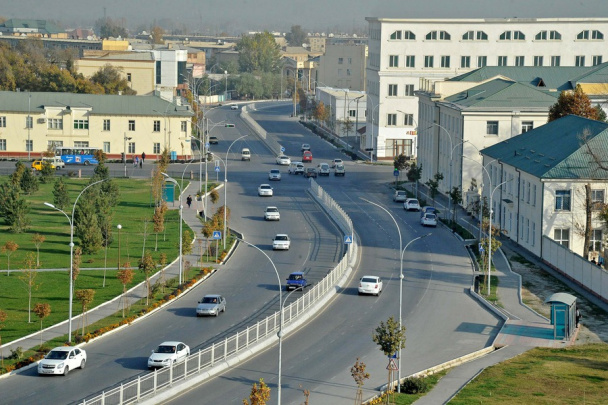Inflationary pressure from exchange rate expected to ease in Uzbekistan
The Central Bank of Uzbekistan forecasts that the influence of the U.S. dollar exchange rate on domestic inflation will weaken in the coming months. This outlook is supported by growing export revenues, increased remittances, and rising inflows of foreign investment.

Photo: KUN.UZ
As it was earlier reported, the Central Bank’s Board decided to keep the key interest rate unchanged at 14% per annum.
The regulator highlighted that sustained high prices for traditional export goods – particularly gold – and the strengthening of currencies in Uzbekistan’s key trade partner countries, such as the Russian ruble, are contributing to a rise in export earnings and cross-border money transfers.
“This, along with the influx of foreign investment, is ensuring a stable supply in the domestic foreign exchange market, which in turn will help reduce exchange rate-driven inflationary pressure in the coming months,” the Central Bank stated.
Currency trends and exchange rate movements
The official exchange rate of the U.S. dollar in Uzbekistan has been declining for five consecutive trading sessions. On June 12, the Central Bank set the rate at 12,646.56 UZS per USD – the lowest since early September 2024. The dollar dropped by nearly 28 UZS in a single day.
In May alone, the Uzbek UZS appreciated against the dollar by 164.9 UZS, or 1.28%, reaching 12,768.26 UZS per USD. Over the first five months of 2025, the UZS strengthened by 1.18%, or 152.22 UZS.
Previously, the exchange rate had remained relatively stable through March and April. In early May, Deputy Chairman of the Central Bank Abror Mirzo Olimov explained the reasons for the national currency’s stability in an interview with Spot.
“First, the exchange rate is supported by an increase in remittances. Second, we’re seeing strong inflows of direct foreign investment. Third, in the first quarter, imports – previously a major factor – did not grow significantly. Additionally, exports excluding gold also rose,” Olimov noted.
Trade and reserve dynamics
In the first quarter of 2025, the Central Bank reported a “substantial increase” in cross-border remittances. From January to March, the volume of international money transfers grew by 32%, reaching $3.3 billion.
Uzbekistan’s foreign trade turnover between January and April totaled $24.6 billion. Exports rose by 35.1% to $11.88 billion – driven in part by a 60% increase in gold exports, which amounted to $5.48 billion. Meanwhile, imports grew modestly by 2.9% to $12.72 billion. As a result, the country’s foreign trade deficit fell nearly fourfold, from $3.58 billion a year earlier to $846.3 million.
Uzbekistan's gold and foreign currency reserves continued to break records in May, reaching $49.66 billion – an increase of $410.2 million, or 0.8%, compared to the previous all-time high set a month earlier.
Related News

20:05 / 07.08.2025
Uzbekistan’s gold reserves hit record high as foreign currency holdings shrink

12:47 / 07.08.2025
Uzbekistan becomes June’s largest gold buyer in the world with 9-ton purchase

17:53 / 06.08.2025
Kyrgyzstan sees fastest acceleration in GDP growth across Central Asia

20:03 / 05.08.2025



